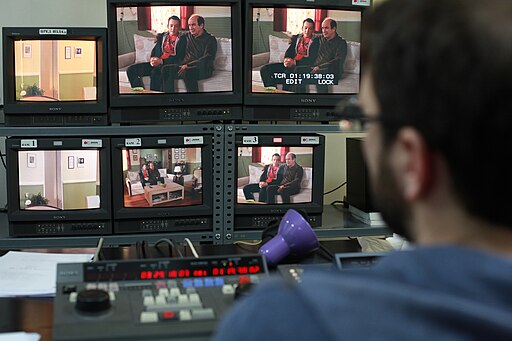Filmmaking techniques are the tools and methods that filmmakers use to tell stories visually.
They include everything from camera angles and lighting to editing and sound design.
Some of the most common filmmaking techniques include:
- Camera angles: The angle from which a scene is shot can have a big impact on the viewer’s perception of the scene. For example, a low-angle shot can make a character seem more powerful, while a high-angle shot can make them seem more vulnerable.
- Lighting: Lighting can be used to create a mood or atmosphere, or to highlight certain elements of a scene. For example, dark lighting can be used to create a sense of mystery or suspense, while bright lighting can be used to create a sense of joy or excitement.
- Camera movement: Camera movement can be used to create a sense of dynamism and excitement, or to guide the viewer’s eye. For example, a tracking shot can be used to follow a character as they move through a scene, while a crane shot can be used to reveal a panoramic view.
- Editing: Editing is the process of assembling shots together to create a sequence. Editors use a variety of techniques to create suspense, build emotion, and tell the story in the most effective way possible.
- Sound design: Sound design is the process of creating and manipulating sound effects, music, and dialogue to create a specific atmosphere or mood. Sound designers can use sound to create a sense of realism, to enhance the emotional impact of a scene, or to foreshadow future events.
Filmmakers use these Filmmaking techniques in combination to create films that are both visually appealing and emotionally resonant.
In addition to the above, here are some other filmmaking techniques that filmmakers often use:
- Shot composition: Shot composition is the arrangement of elements within a frame. Filmmakers use shot composition to create visually interesting and meaningful images.
- Color: Color can be used to create a mood or atmosphere, or to highlight certain elements of a scene. For example, warm colors like red, orange, and yellow can create a sense of warmth and happiness, while cool colors like blue, green, and purple can create a sense of mystery or sadness.
- Mise-en-scène: Mise-en-scène is the French term for everything that appears in the frame, including the scenery, costumes, props, and actors. Filmmakers use mise-en-scène to create a believable and visually appealing world for their story.
- Performance: The performances of the actors are essential to the success of any film. Filmmakers work with actors to help them deliver believable and emotionally resonant performances.
Filmmakers use a wide variety of Filmmaking techniques to tell their stories. The most effective techniques will vary depending on the specific story being told and the desired effect. However, all filmmakers share a common goal: to create films that are both visually appealing and emotionally resonant.


